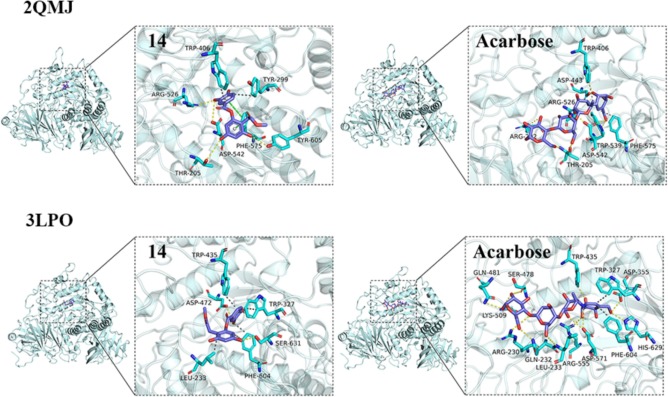Nitraria tangutorum Bobr. (NTB), mainly distributed in the Qaidam Basin, had high medicinal and ecological value, and research on its chemical components and bioactivities is necessary. In this study, three novel β-carboline alkaloids tangutorid LI-III were isolated and tentatively identified from NTB fruit, which represent the first example of coumaroyl glucoside-derived β-carboline alkaloids isolated from natural products. The possible biogenetic pathways and MS/MS fragmentation forms of tangutorid LI-III were also tentatively speculated, which provide theoretical basis for rapid identification of this type of components. Hypoglycemic activity research of isolated compounds confirmed that depsides (dihydroxybenzoyl-trihydroxyphenylmethylacetate, 14) not only had strong sucrase and maltase inhibitory activities, but also exhibited noteworthy insulin resistance (IR) ameliorative effects. In addition, cyclic dipeptide (cyclo (tyr-tyr), 10) was also demonstrated to have significant IR improvement effect. This study enriched the structural types of β-carboline alkaloids in fruits and expanded the biological activity of cyclic dipeptide and depsides.

Fig. 6. Molecular docking of compound 14 and acarbose with 2QMJ and 3LPO. Silvery cartoon for enzyme protein, blue sticks for small molecules, yellow dashed lines for hydrogen bonding, grey dashed lines for hydrophobic interactions. (For interpretation of the references to colour in this figure legend, the reader is referred to the web version of this article.)
The link below will guide you to the reading:
https://www.sciencedirect.com/science/article/pii/S0308814625011744
